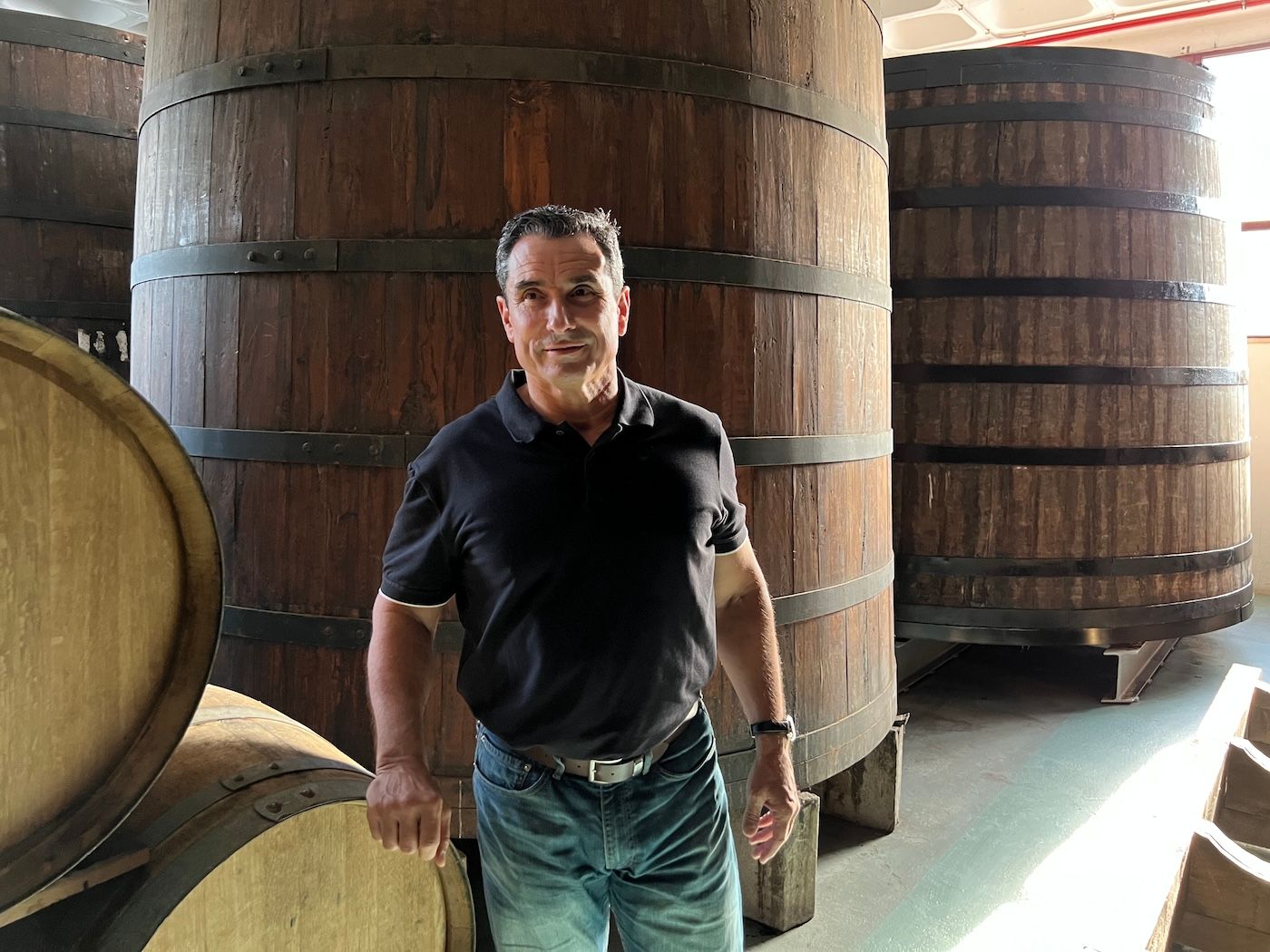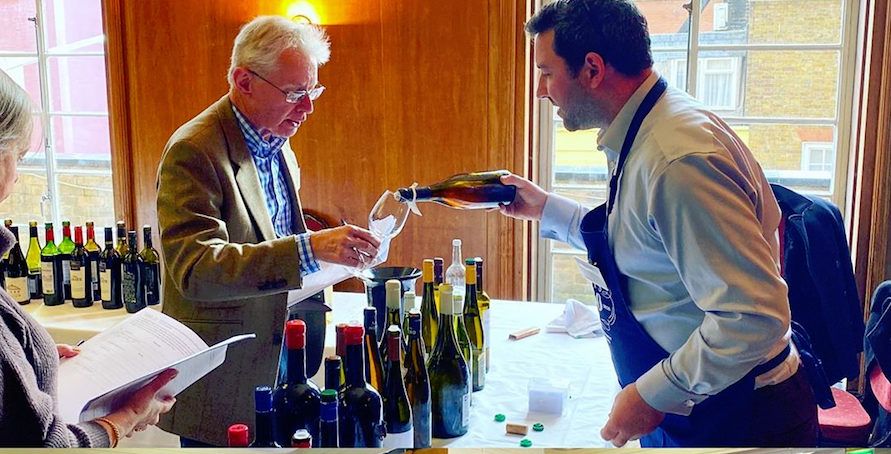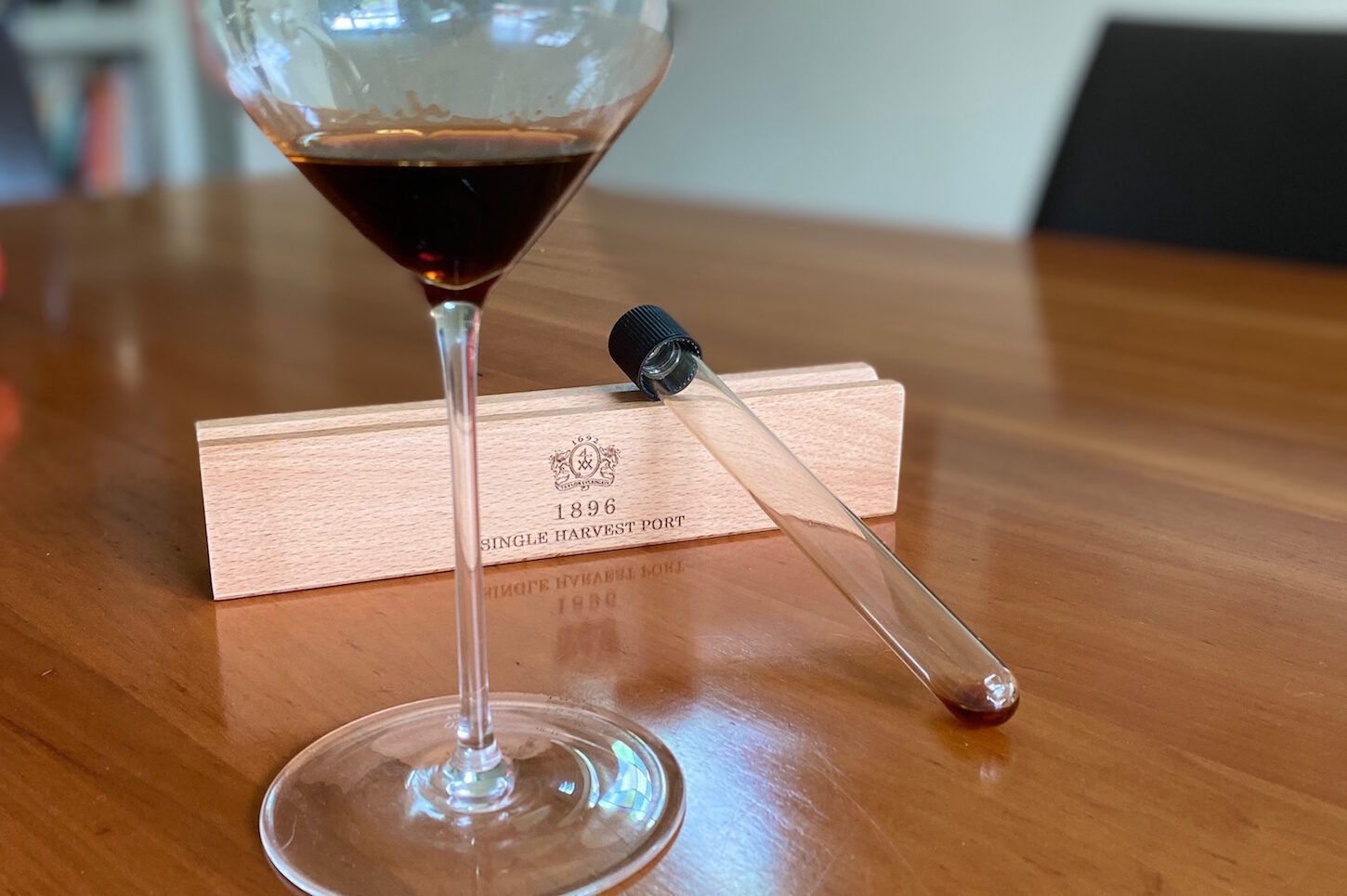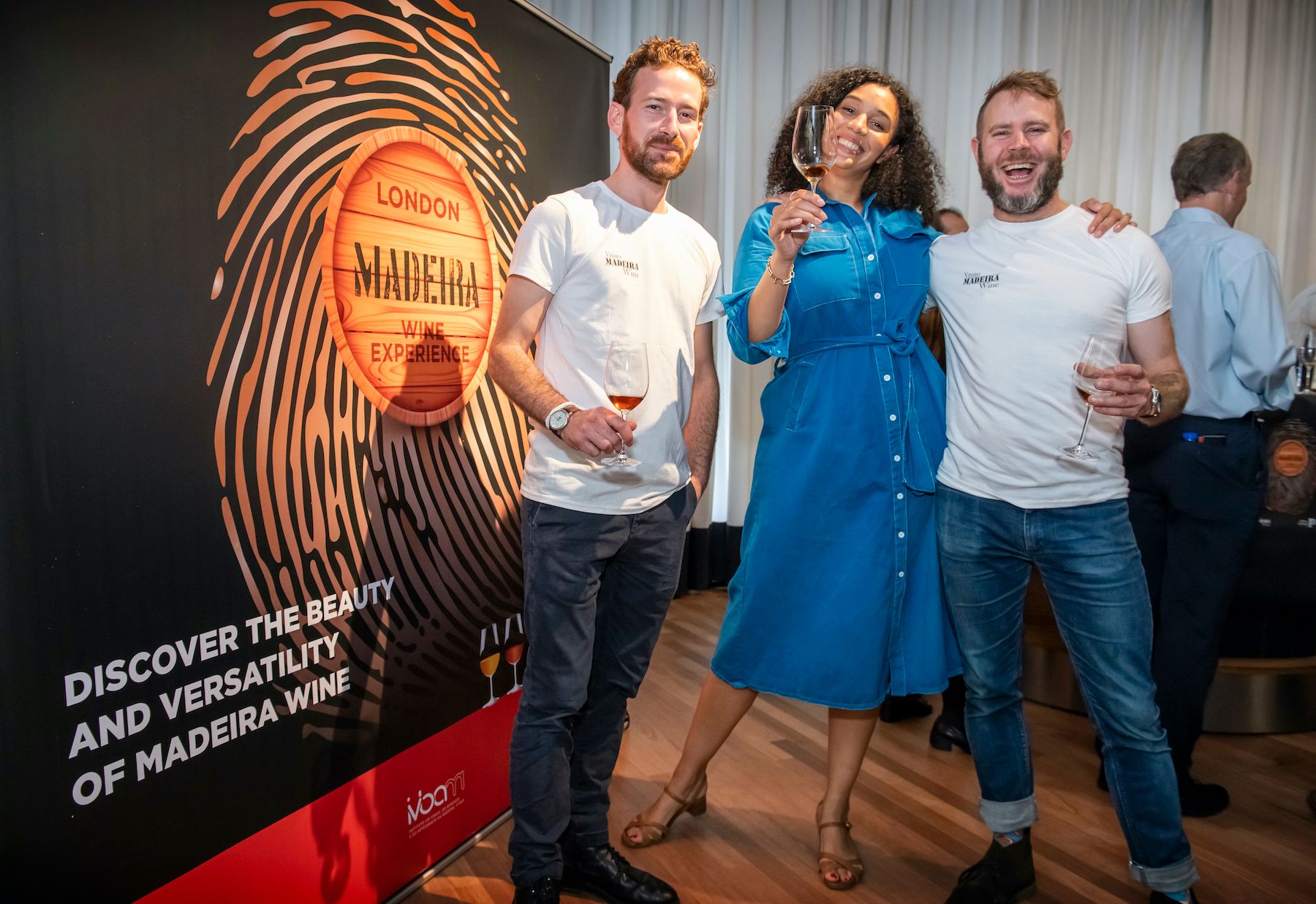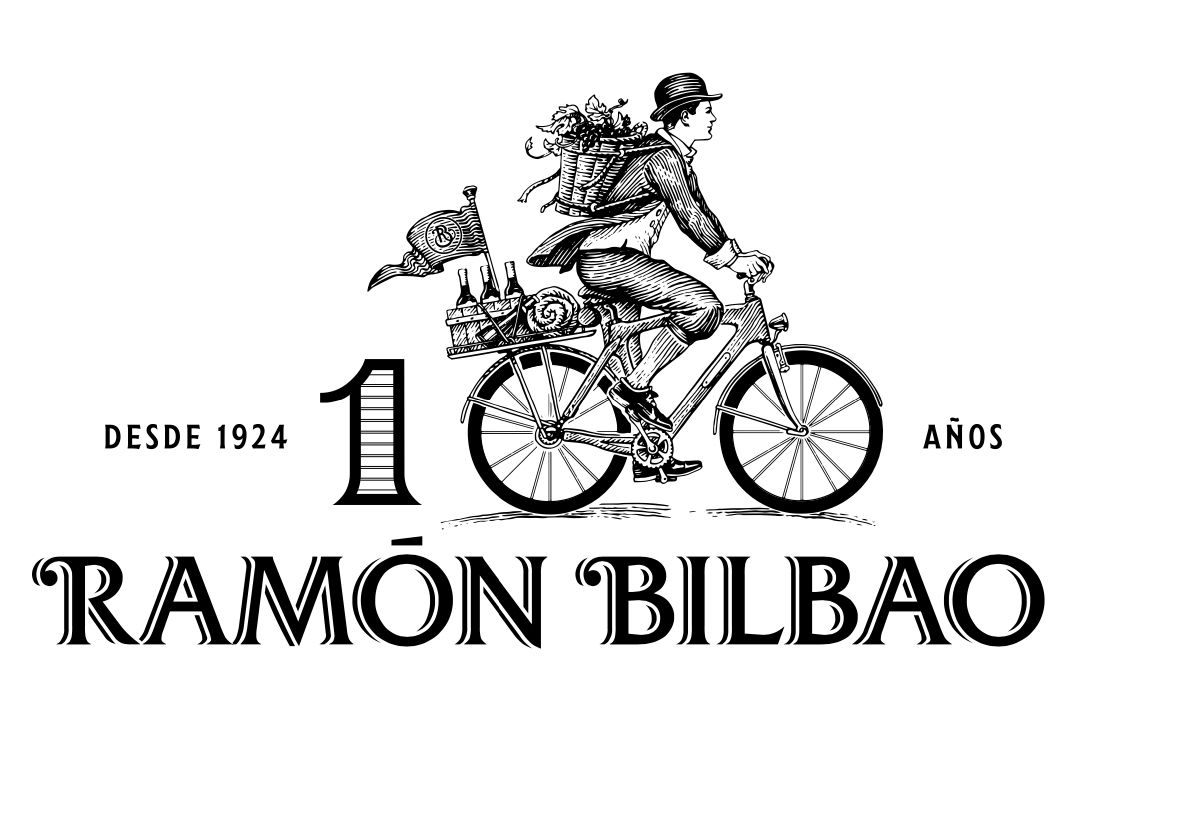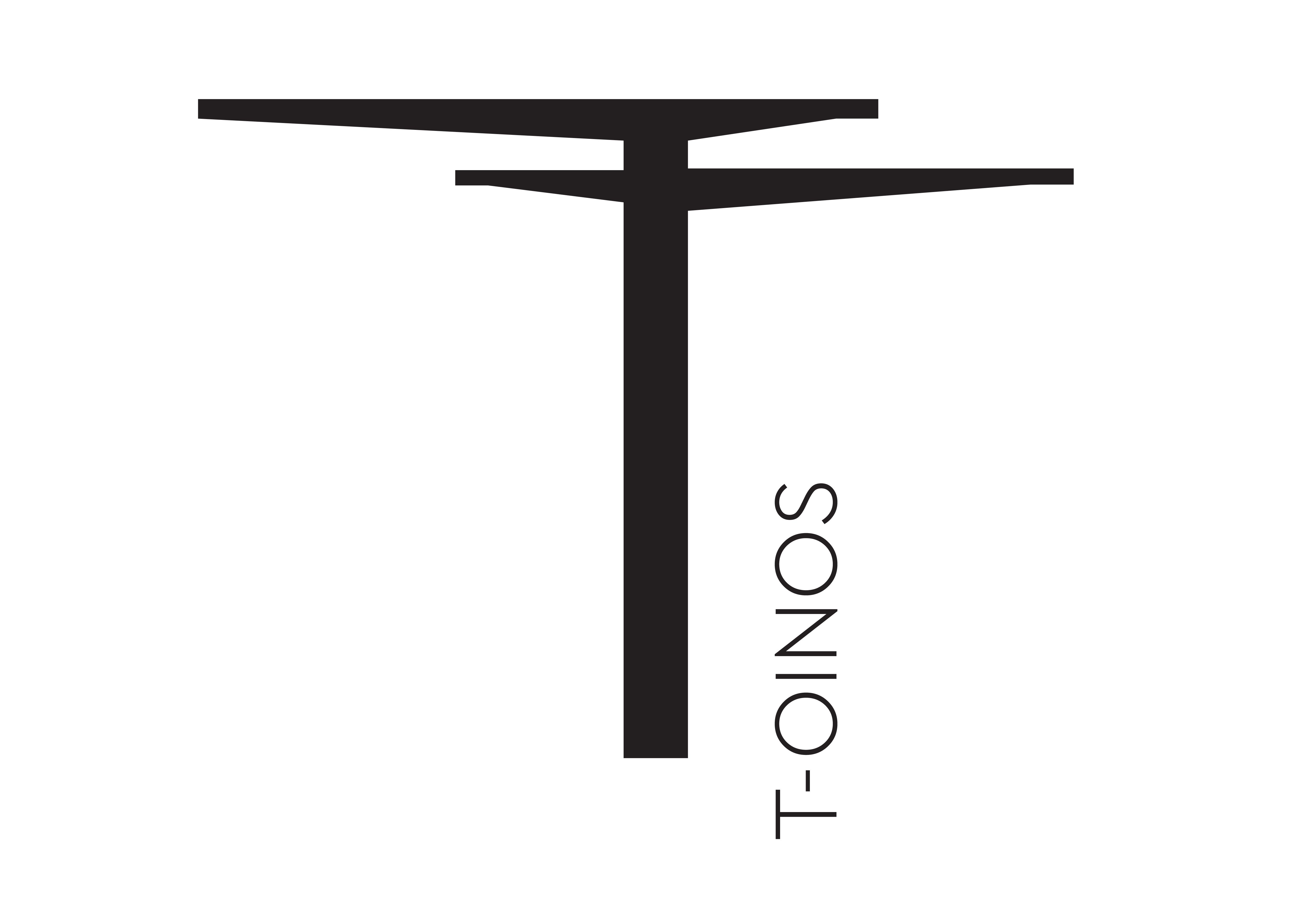We are tucked in a corner at the exclusive London wine club 67 Pall Mall for a masterclass on single-harvest Madeiras, led by Humberto Jardim, managing director of Henriques & Henriques.
For the tasting, we have five wines from 1997 to 2007 with a typical price of around £70 retail. It’s clear from the off that Jardim’s quiet enthusiasm and profound knowledge of the wines are utterly infectious, making this a rare introduction to higher-end Madeira.
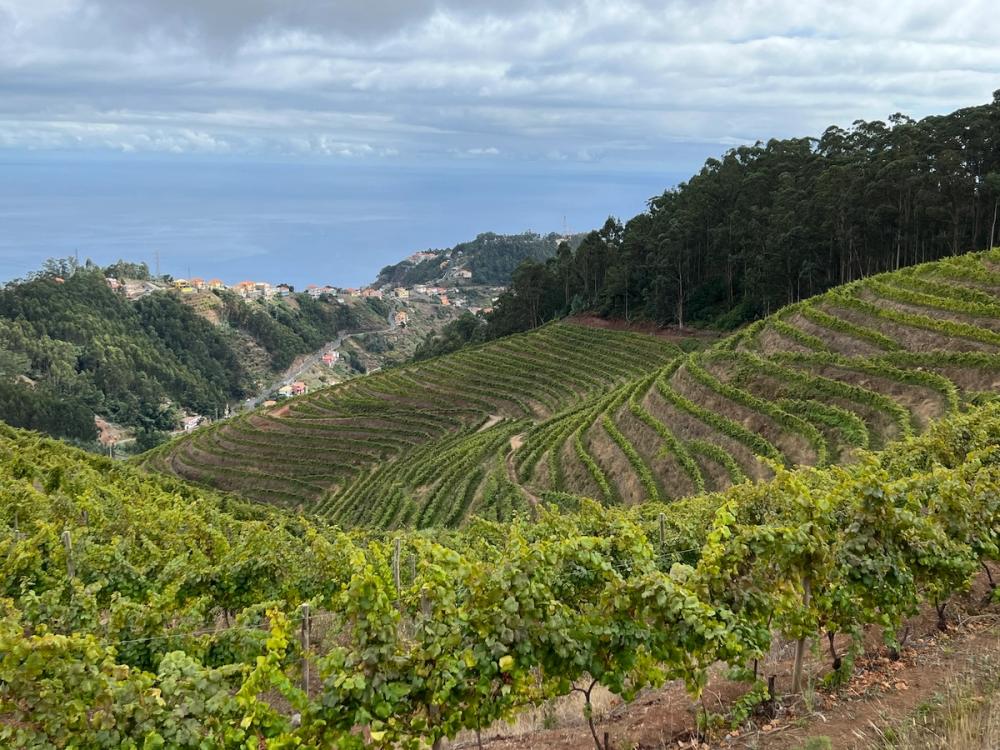
H&H is the only Madeira producer with its own vineyards, which allows it to control production from cultivation to harvest.
Madeira is a volcanic island four hundred miles west of Saharan Africa run by the Portuguese since colonial times. Once staid and sedate, the tourism industry there is wooing a younger crowd. But the wines themselves still have their trademark acidity and a preternatural capacity for ageing. When I quiz him, Jardim says that he has bottles of Madeira worth around €7000 each at home that, although opened, will happily last decades, so long as they are well-stoppered.
Madeira’s secret is that the wine is fortified and deliberately oxidised to mimic hot conditions below decks at sea in the seventeenth century when the wine’s unique characteristics came to be prized. The US soon became an important market with the Declaration of Independence famously toasted with a glass of the stuff.
For its part, Henriques & Henriques was founded in 1850. It is one of the most famous producers and - with a claim to have consistently owned vineyards on the island – exercises control over every aspect of production.
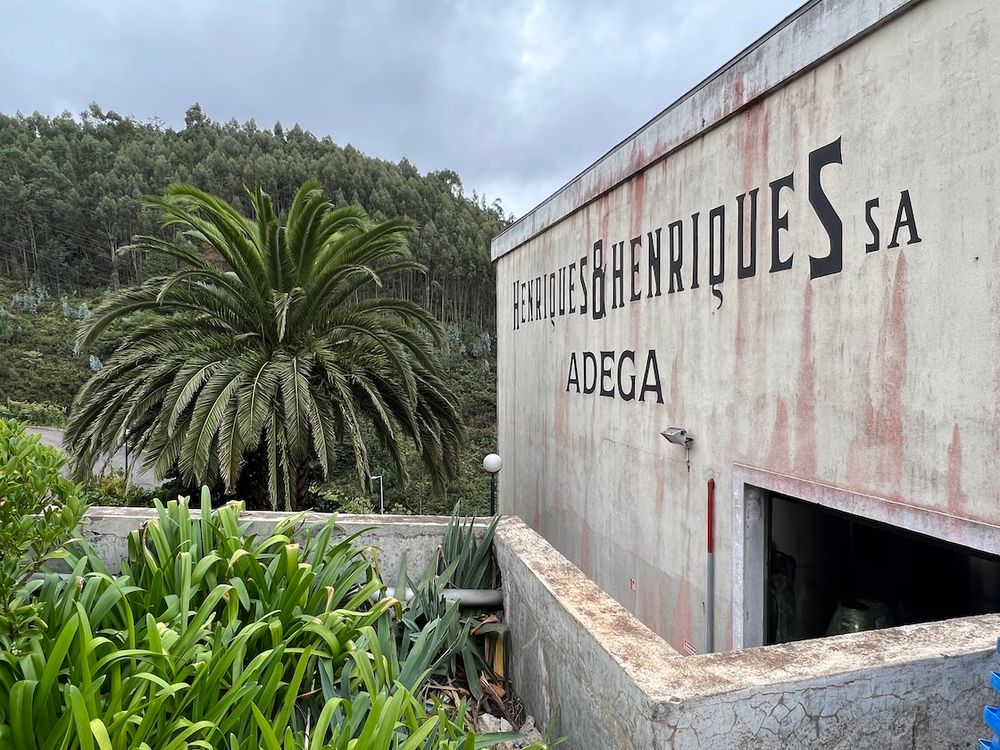
In 1992 Henriques & Henriques began an expansion programme - acquiring cellar space and planting new vineyards
Madeiras have been neatly described as displaying “old-school chic’. At the lower end they offer great value for money. The quality of even the most basic Madeiras improved greatly in the late 1990s and early 2000s. Inexpensive wines are now much fresher and cleaner. Tinta Negro is the grape that provides important cash flow for H&H. But, at the pricier, more rarefied end, it’s all about refinement, complexity and a wonderful array of flavours. There is, according to Jardím, a triangle of acidity, alcohol and residual sugar: the knack is to “create a wall of each of these facades.”
The naming conventions also provide some complexity. The country’s Port producers have grabbed the word ‘Vintage’, so Madeira producers are barred from using it on their labels. Instead, they use other terms like ‘Single Harvest’ or ‘Frasqueiras’.

Humberto Jardim, Henriques & Henriques chief, London, June 2024
As we begin the tasting, Jardim explains he will take us through a flight of wines in the manner of going through an orchestra from a violin, viola, and cello down to the double bass. The ‘violin’ opening this sequence is the Single Harvest Sercial 2001 (£75 a bottle, 20% abv). With exceptional acid, the Sercial variety features in the driest of the wines and this is one uncompromisingly so. This is grippy and there are aromas of green fruits and a marked astringency. Light in colour and full-bodied it is perfect as an aperitif and would go well with olives.
Moving on to the Single Harvest Verdelho 2007 (£66, 20% abv) we are shifting down an octave. This is lean with green zesty flavours and the more familiar Madeira flavour profile of stone fruits, nectarine and crystallised fruit. It’s deep amber with a tangy lime character, and a lovely streak of acidity.
Incidentally, some vineyards on the island are now using Verdelho to produce table wines, described by Jardim in his calm, genial manner as “quite interesting.”

On then to a Boal 1997 which is new to the market and is pitted against the Single Harvest Boal 2000 (£70, 20% abv). There’s toffee and caramel on the ’97 and Jardim points to an almost metallic finish. There is a good deal of complexity and layers, and hints of green tea. This is simply luscious - an astonishing starburst of flavours that should win over even the most hardened sceptic.
The medium-sweet younger wine is a bit less showy, displaying dates and figs, and a curry flavour. There is an aroma of dried fruits and some old wood. This wine has been a big hit with H&H’s restaurant clients. It has found its way onto the tasting menus of one of London’s three-Michelin starred restaurants, paired with a burnt sugar tart.
Finally, the double bass, or Malvasia 2001 (£78.50, 20% abv). This has hints of dark chocolate, an attractive saltiness and molasses. It is lean, structured but not cloying. In the words of our masterclass tutor, it is like “clearing your throat when you have some sandiness walking along a beach.” Inimitable.
Madeira can claim far more complexity at a younger age than Port. With its ability to survive indefinitely in an open bottle, it’s a wine tailor-made for bars and restaurants. And, although it’s about refinement, there’s bags of scope for the younger cohort of imaginative mixologists to include it in their quest for exciting, new cocktails.
Henriques & Henriques is distributed in the UK by Mentzendorff which is a commercial partner of The Buyer. To discover more about them click here.
